Plant point of view: Echinacea alkamides and microbial friends
Written and Illustrated by Laura Mejia. Click on images to enlarge.
This week’s article by Maggini et al. (2017) is focused on the interactions between a plant and its endophytes. Specifically, it explores the contributions of the bacterial endophytes of Echinacea purpura, widely used in traditional medicine, to the production of specific alkamide secondary metabolites.
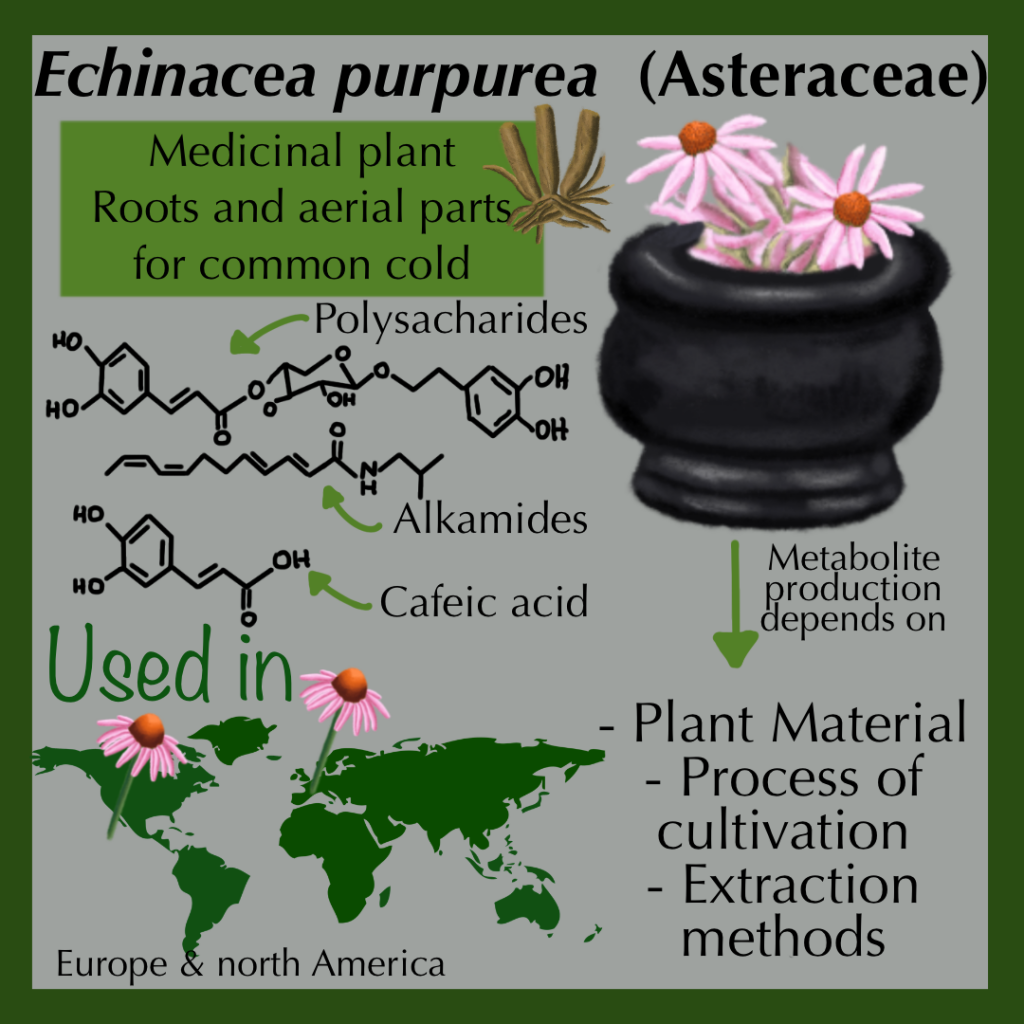 Echinacea purpura belongs to the asteraceae family. It is a beautiful plant that is used for its immune modulatory and anti-inflammatory activities, with several reports describing its traditional uses for respiratory tract infections (the common cold). These effects are mediated through the alkamides that module and activate the cannabinoid receptors CB2, increasing the expression of TNF mRNA in macrophages and monocytes.
Echinacea purpura belongs to the asteraceae family. It is a beautiful plant that is used for its immune modulatory and anti-inflammatory activities, with several reports describing its traditional uses for respiratory tract infections (the common cold). These effects are mediated through the alkamides that module and activate the cannabinoid receptors CB2, increasing the expression of TNF mRNA in macrophages and monocytes.
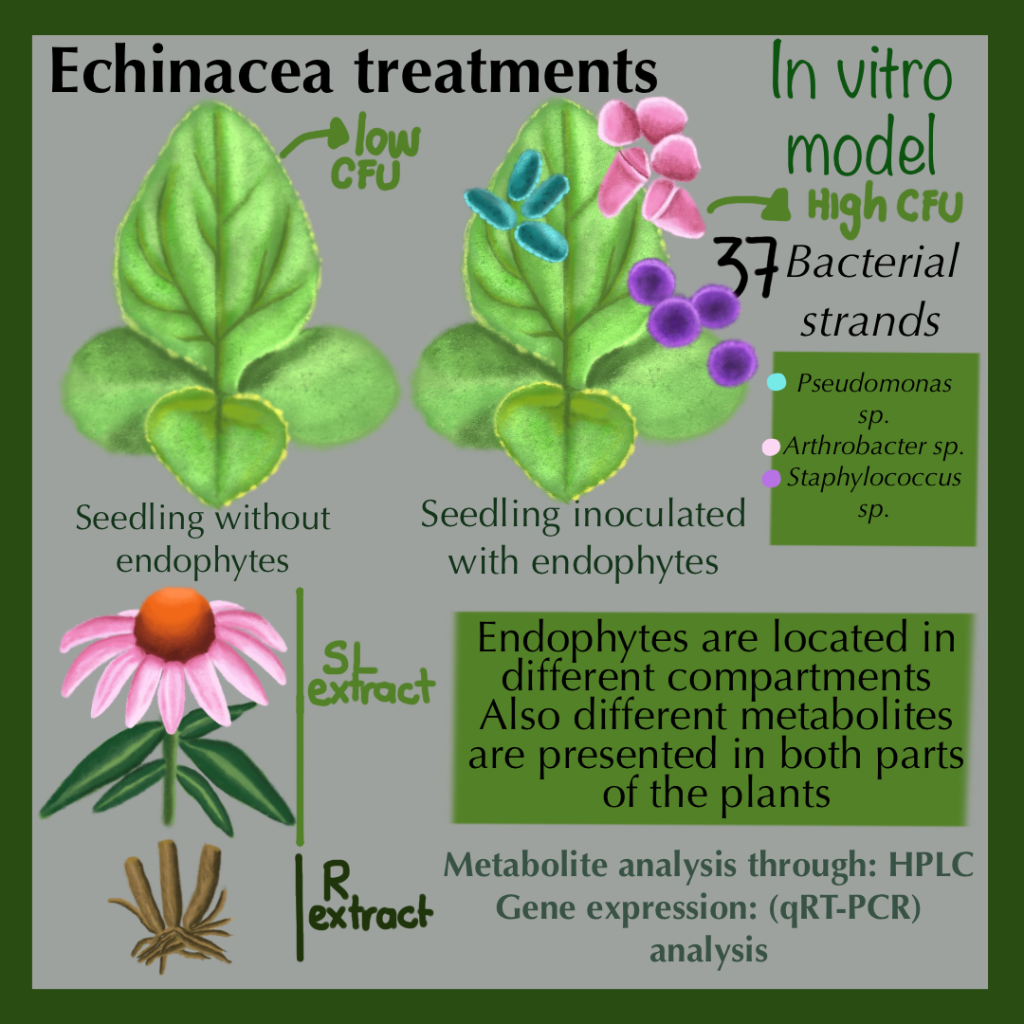 Maggini et al. analyzed alkamide accumulation and expression of corresponding biosynthetic genes between sterilized seedlings and seedlings that had been with bacterial endophytes from the aerial parts of the plants. They found that tissues cultured with endopytes showed higher gene expression levels and greater accumulation of aklamides, indicating that the endophytes contribute to the production of these important metabolites.
Maggini et al. analyzed alkamide accumulation and expression of corresponding biosynthetic genes between sterilized seedlings and seedlings that had been with bacterial endophytes from the aerial parts of the plants. They found that tissues cultured with endopytes showed higher gene expression levels and greater accumulation of aklamides, indicating that the endophytes contribute to the production of these important metabolites.
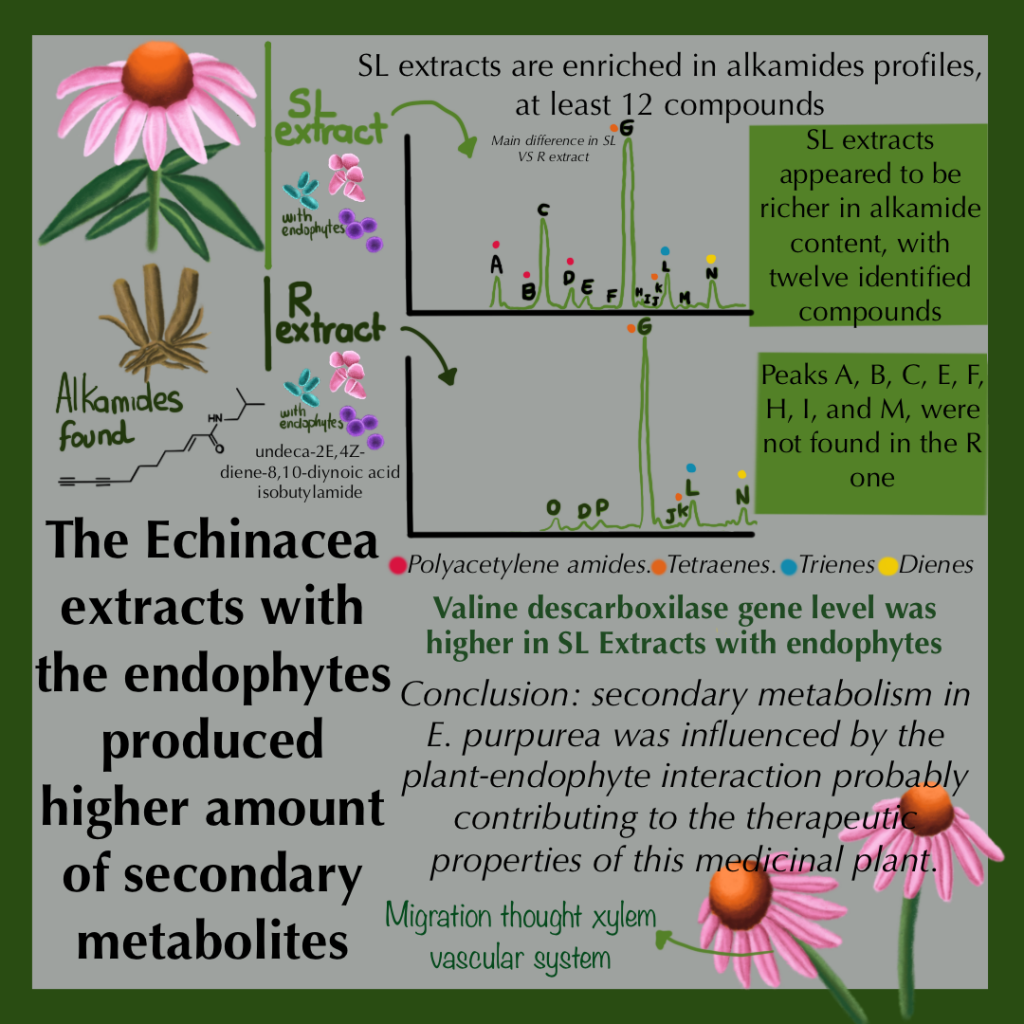 Article: Maggini V, De Leo M, Mengoni A, Gallo ER, Miceli E, Reidel RVB, Biffi S, Pistelli L, Fani R, Firenzuoli F, Bogani P. Plant-endophytes interaction influences the secondary metabolism in Echinacea purpurea (L.) Moench: an in vitro model. Sci Rep. 2017 Dec 5;7(1):16924. doi: 10.1038/s41598-017-17110-w. PMID: 29208923; PMCID: PMC5717142.
Article: Maggini V, De Leo M, Mengoni A, Gallo ER, Miceli E, Reidel RVB, Biffi S, Pistelli L, Fani R, Firenzuoli F, Bogani P. Plant-endophytes interaction influences the secondary metabolism in Echinacea purpurea (L.) Moench: an in vitro model. Sci Rep. 2017 Dec 5;7(1):16924. doi: 10.1038/s41598-017-17110-w. PMID: 29208923; PMCID: PMC5717142.
 Laura Alejandra Mejía is a biologist, MSc pharmaceutical sciences from Universidad Nacional de Colombia, and a 2019 Plantae Fellow. My main interests are plant biology, application of plant metabolites, and the creation and dissemination of science for the public. You can follow me on Twitter @Eusoulaura16 and Instagram: @eusoulaura16.
Laura Alejandra Mejía is a biologist, MSc pharmaceutical sciences from Universidad Nacional de Colombia, and a 2019 Plantae Fellow. My main interests are plant biology, application of plant metabolites, and the creation and dissemination of science for the public. You can follow me on Twitter @Eusoulaura16 and Instagram: @eusoulaura16.


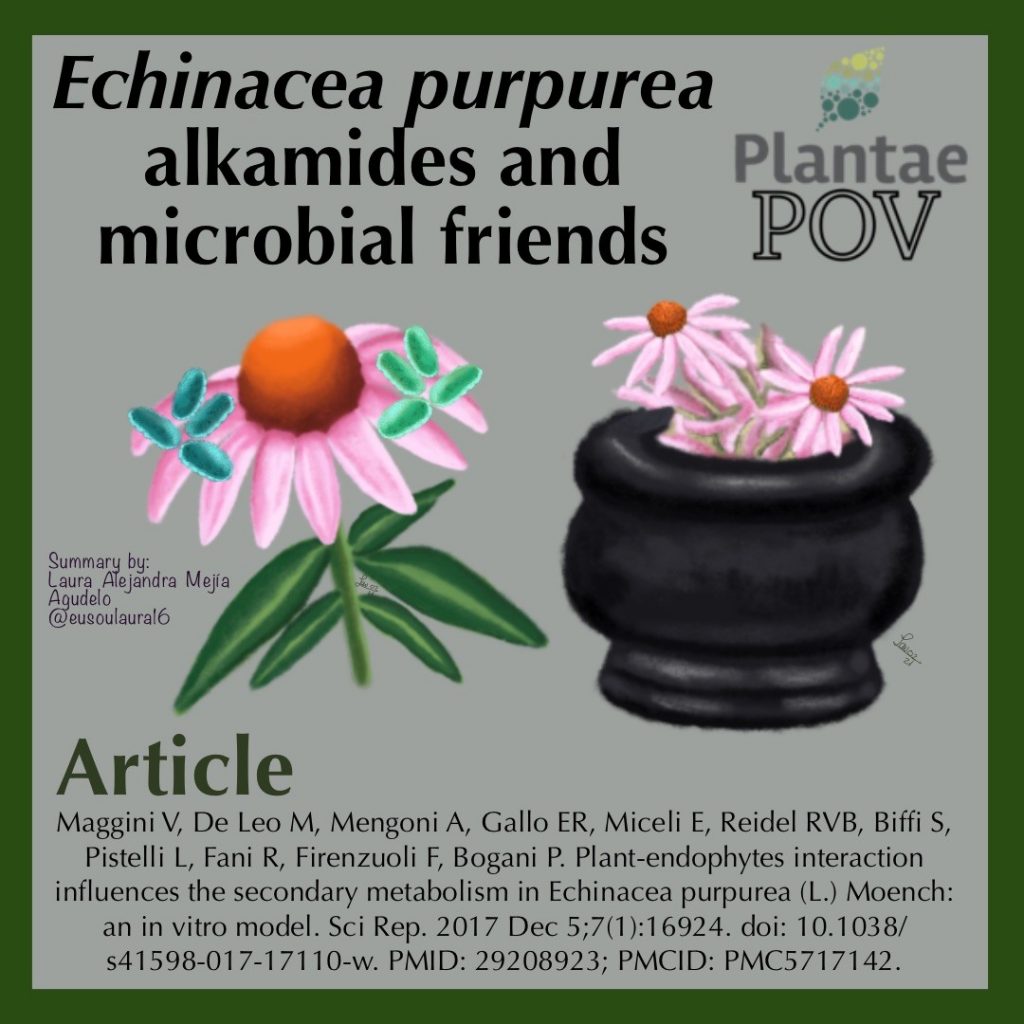
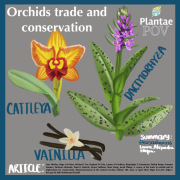

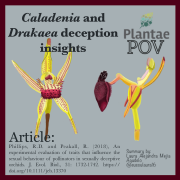

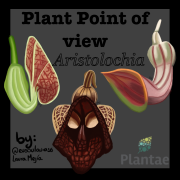


Leave a Reply
Want to join the discussion?Feel free to contribute!